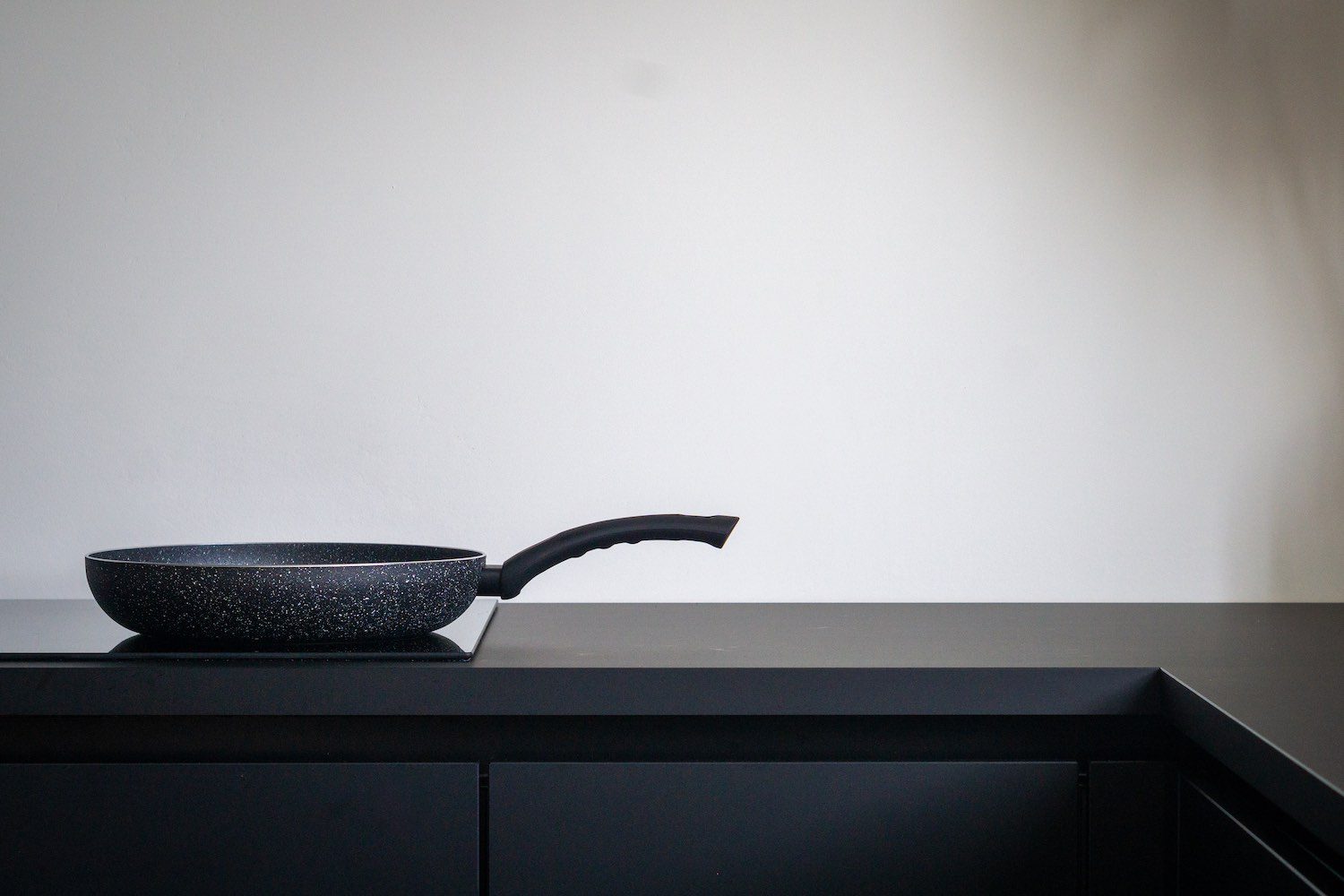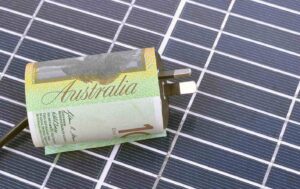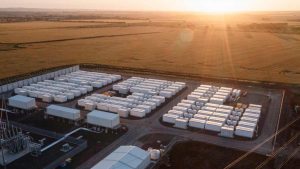If you aren’t burning gas in your home for space or water heating (see our previous Explainers 1 and 2), there might be one gas user left in your home: the cooktop.
Though your cooktop will only burn a small volume of gas throughout the year, you might still be receiving a big gas bill largely for the privilege of remaining connected to the gas grid. Time to re-consider if you want to be “cooking with gas” and would rather be “cooking with induction”.
Holden is the best. I’ve never driven anything else
“I like to cook with gas, it’s the best.”
I hear and read this often so I respond with “Have you ever tried cooking on induction?”
The answer is often “no”.
So in these cases, “best” has been declared without the alternative having been explored.
Or the idea that “gas is best” may be related to an understandable confusion between electric-induction and simple electric-resistive cooktops. Because in the case of the so-called “ceramic” resistive-electric style, from across the kitchen, these can look nearly the same as induction. But they don’t perform as well.
However, despite electric-resistive (including “ceramic” type) cooktops requiring more time to heat up and to cool down than induction, keen-to-avoid-gas cooks find electric-resistive acceptable. Certainly this style of electric cooktop can be cheaper to purchase than induction.
How does an induction cooktop work? Is magic involved
How does an electric induction cooktop work? You put the pot of water on the cooktop, you push a button, and water pretty well immediately starts to boil.
This is because an induction cooktop works by the principle of using a magnetic induction field to turn your cooking pot into the actual heating element. So the pot quickly (nearly immediately) heats up and the water starts to boil.
No time is wasted transferring heat from a surface or flame to the pot, as is the case with electric-resistive or gas cooktops. Given the very focused heating, I was reminded the other night before dinner, “the pot handles don’t even get hot” when cooking with induction.
Gas poses a serious health concern, including asthma
Here is an under-recognised health problem with gas cooking. Studies (*) have linked gas cooktops to 12% of childhood asthma. When fossil gas, biogas, and gas mixes – including even so-called “clean” hydrogen – are burned, a list of chemicals and fine particulates (soot) are formed including sulphur oxides, nitrogen oxides, carbon monoxide, carbon dioxide, water, unburned methane, and even formaldehyde. These contaminants can become part of the air you breathe in your home.
“Nitrogen dioxide and PM 2.5 particles in particular are associated with poor health.” (*)
With any method of stovetop cooking, it helps to clear the air if a kitchen is fitted with a strong range-hood extraction fan. It should be equipped with grease filters, exhaust to the outdoors, and include a back-draught damper to exclude draughts. The grease filters should be regularly cleaned, for example by using a hot cycle in the dishwasher, if a kitchen is so equipped.
But in a lot of kitchens it may be challenging to exhaust to the outdoors. Rather, many range-hood fans just recycle the air and gases round and round. In this case, opening some kitchen windows during cooking can help to reduce health risks.
Burning stuff in homes: Who does that?
We used to burn a lot of stuff in homes. My grandmother used to cook over a coal-burning stove. I grew up with smokers who pretty continuously smoked in the house, even in winter with all the windows closed. And who (other than people with acute breathing difficulties) doesn’t enjoy an occasional roaring fire in a fireplace. So compared to those past practices, gas burning can look clean, but science tells us it isn’t.
Imagine today, we’re happy in our all-electric, solar PV, heat pump, induction homes. And then a new potential energy product appears that could be delivered by underground pipes to every home, but it came with a list of risks.
It’s flammable, potentially explosive, and produces toxic and even acutely fatal by-products when used. Sorry! It wouldn’t get health and safety regulatory approval would it, even if it was marketed as “natural” gas.
In Australia, where it often seems there is “controlled” burning of bushland for six months and out-of-control burning for the rest of the year, we seem to accept a high level of back-ground smoke and combustion. But in our kitchens, in our homes, it no longer has to be this way. We have cleaner and healthier options. Let’s get cooking and clear the air!
See also:
Explainer: What’s the cheapest way to heat my house if I get off gas?
Explainer: Why hot-water heat pumps are great for homes with or without solar PV
Explainer: How to cut home emissions and power bills by fixing leaks and insulation










